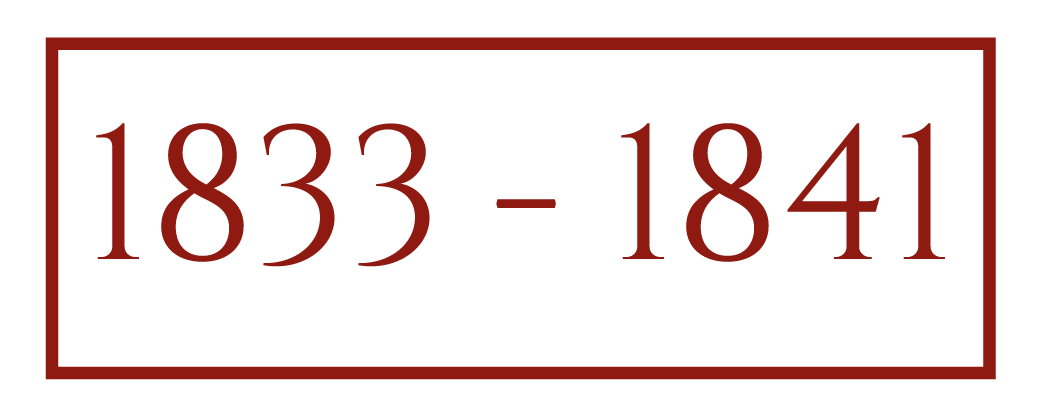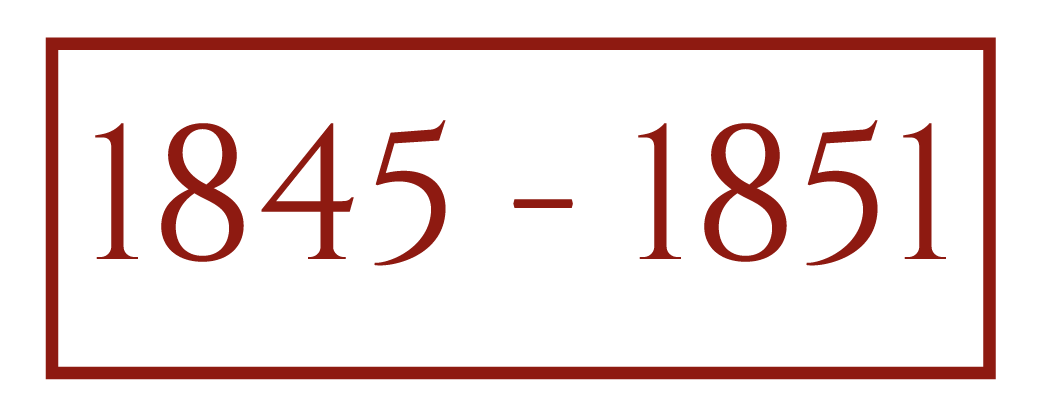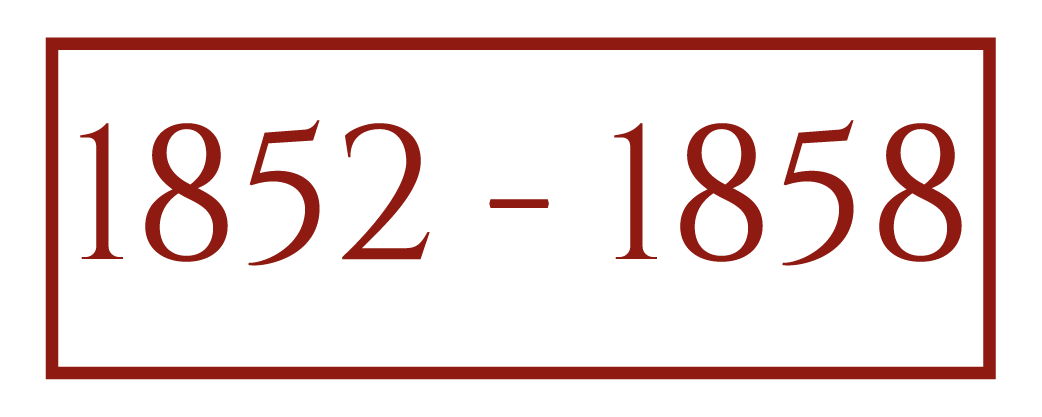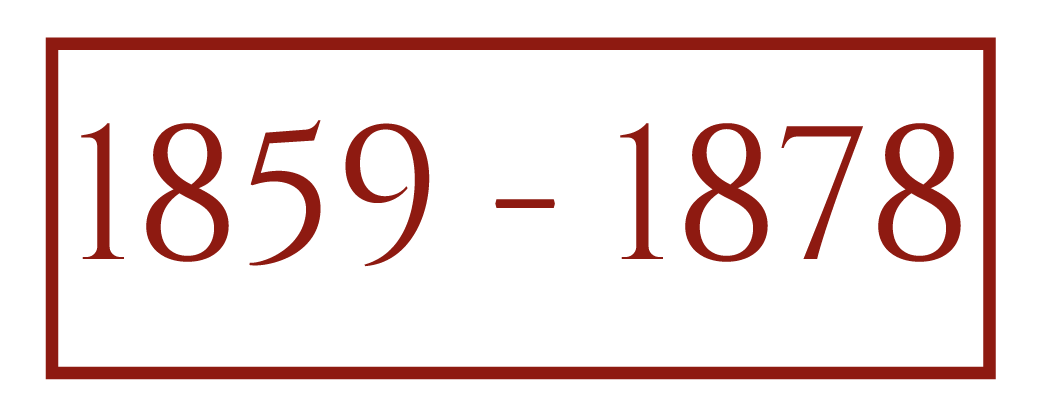1842 - 1845 | ‘To live is to change, and to be perfect is to have changed often.’
Increasingly struggling with the issue of apostolic succession and his changing attitudes towards Catholicism, Newman moved to Littlemore, a village three miles outside Oxford to live a quasi-monastic life with friends. Here, he continued to devote himself to ever deeper study, fasting and prayer. By 1843 he had resigned from St. Mary’s Church completely.
While at Littlemore, Newman became increasingly convinced that the Church of Rome, the Catholic Church, was the church nearest to the spirit of early Christianity. He writes, ‘on the whole, all parties will agree that, of all existing systems, the present communion with Rome is the nearest approximation in fact to the Church of the Fathers … And, further, it is the nearest approach, to say the least, to the religious sentiment … of the early Church, nay, to that of the Apostles and Prophets; for all will agree so far as this, that Elijah, Jeremiah, the Baptist and St. Paul … these saintly and heroic men … are more like a Dominican preacher, or a Jesuit missionary, or a Carmelite friar … than to any individuals, or to any classes of men, that can be found in other communions.’ Essay on the Development of Christian Doctrine, pp. 97-100
However, Newman still had a significant difficulty with the Catholic Church, namely that it had seemingly added so much to the Christian faith that could not be found in early Christian history or in scripture, things like purgatory and papal supremacy. Anglican thought was that these additions were a corruption of Christian belief, but Newman wanted to probe further to examine whether these beliefs were legitimate. This led him to undertake an extensive historical study, the fruit of which would break new theological ground.
By the end of his investigation in 1845, he would publish one of his greatest contributions to Christian thought, the ‘Essay on the Development of Christian Doctrine’. Here, Newman explores the paradoxical idea that for an idea to remain truly itself, it must be able to change, to develop. Fundamentally, Newman came to realise that ideas and doctrines are 'living'; they should not be considered purely intellectual beliefs or moral rules, but should vitalise the hearts of Christians and the body of the Church, just as Christ himself does. As these ideas are living things, Newman describes the idea like a creature.
‘ … it tries, as it were, its limbs, and proves the ground under it, and feels its way. From time to time it may fail … In time it enters upon strange territory; and old points of controversy alter their bearing … and old principles reappear under new forms. It changes with them in order to remain the same. In a higher world it is otherwise, but here below to live is to change, and to be perfect is to have changed often.’ Essay on the Development of Christian Doctrine, pp. 39-41
Only fourteen years later Charles Darwin would publish, ‘On the Origin of Species’ proposing the idea of Darwinian Evolution – another exploration of change. Symbolically, Newman’s great thesis on change comes at another great period of change in his own life, as he had arrived at the realisation that the Anglican Church could never be the church he so desired. So in that same year, he would be received into the Catholic Church.









